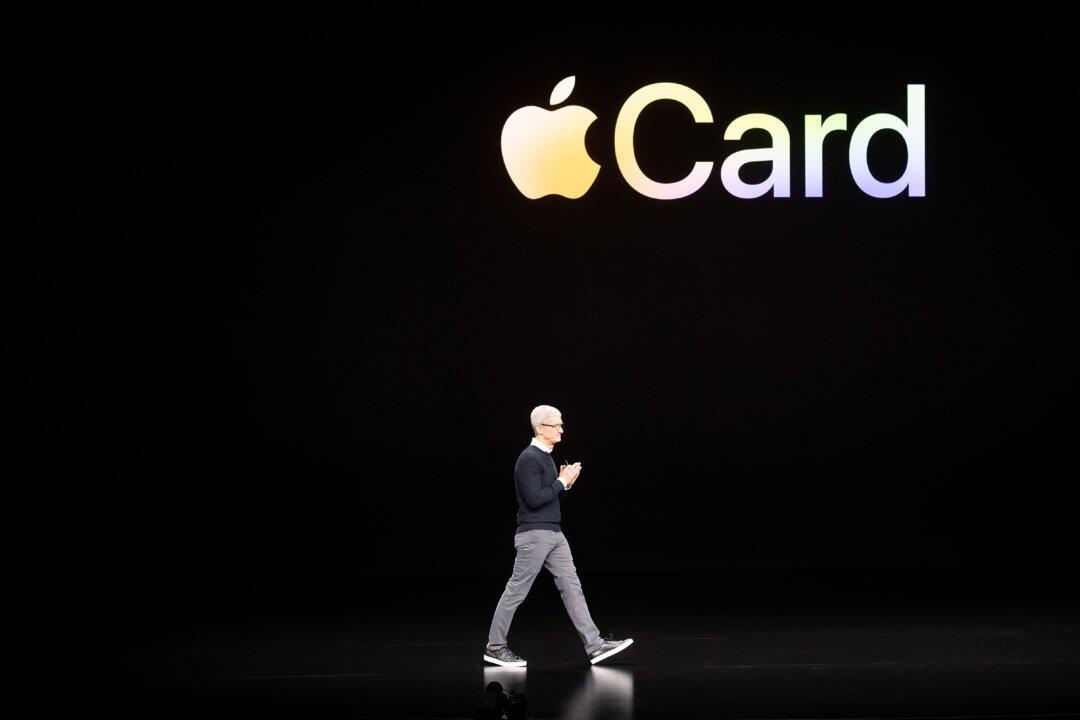Apple’s high-yield savings accounts have brought in more than $10 billion worth of deposits so far in its partnership with Goldman Sachs.
The tech giant said in an Aug. 1 press release that those deposits piled up over the three and a half months since Apple Card holders have had the option of opening them.





